The applicator in detail
Now let’s move on to the applicator. The picture shows a prototype, but it is very similar to the final version. A double film is supplied, i.e. the actual applicator with a slightly adhesive, sticky coating and a removable protective film. We are familiar with such adhesive coatings from various protected surfaces to the solid protective films for smartphones.
Caution! Do NOT touch the adhesive side after peeling it off, as the grease and acid have a negative effect on the adhesive surface. Otherwise there will be adhesion problems. However, you can also see here that this is a one-off job. I have at least managed to stick the film back on three times, but then it gets silly, because without adhesion, the paste will be pressed somewhere else.
That’s exactly why you have to completely remove all traces (fingerprints, paste residue) from the CPU beforehand. The best way to do this is with isopropanol. The film in my sample also covers “vulnerable” areas, so you only cover what is allowed.
The amount of heat-conducting paste is slightly higher than you would need for a sausage, as a certain amount remains on the foil. We will see how much later.
To spread the paste, use a spatula that is as soft as possible with a very good, sharp edge so that you don’t “pick up” and remove the already well-seated paste when spreading it. You only need a few, but powerful strokes, preferably in one direction only. Even a 12-year-old can do this safely without much practice (see picture), which is also the point of the action: to make it suitable for beginners and amateurs.
Then simply peel off the foil on the tab and the thermal paste pattern is finished.
We’ll take a closer look at the whole thing in detail on the next page, because it’s worth it.



























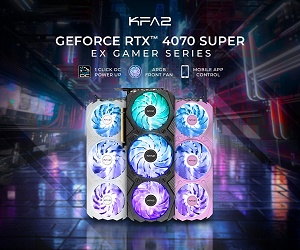


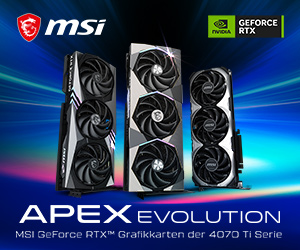

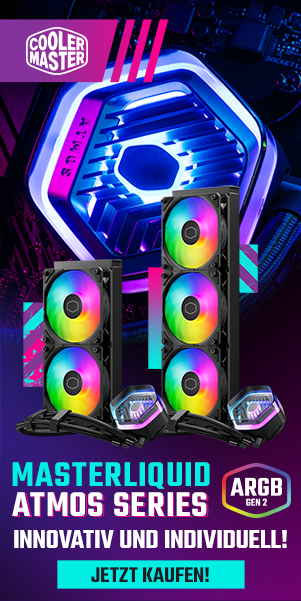

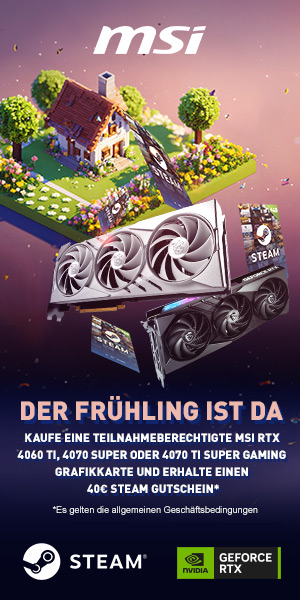
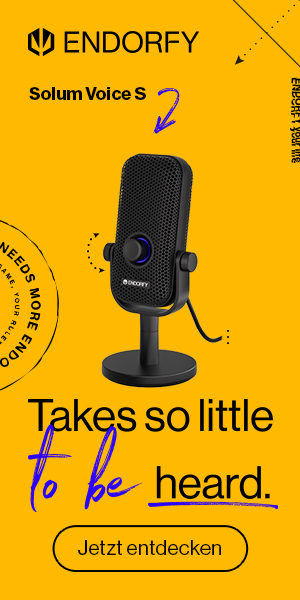
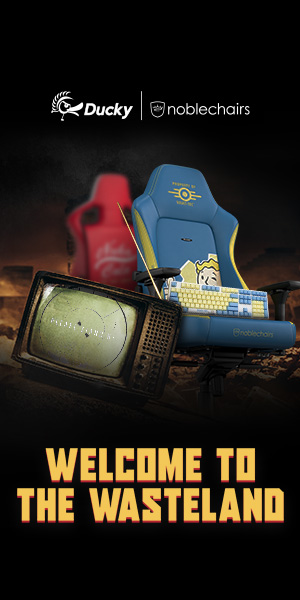

248 Antworten
Kommentar
Lade neue Kommentare
Urgestein
Urgestein
Mitglied
Veteran
Urgestein
Urgestein
Mitglied
Urgestein
Urgestein
Urgestein
Mitglied
Mitglied
Urgestein
Urgestein
Urgestein
Veteran
Mitglied
Urgestein
Veteran
Alle Kommentare lesen unter igor´sLAB Community →